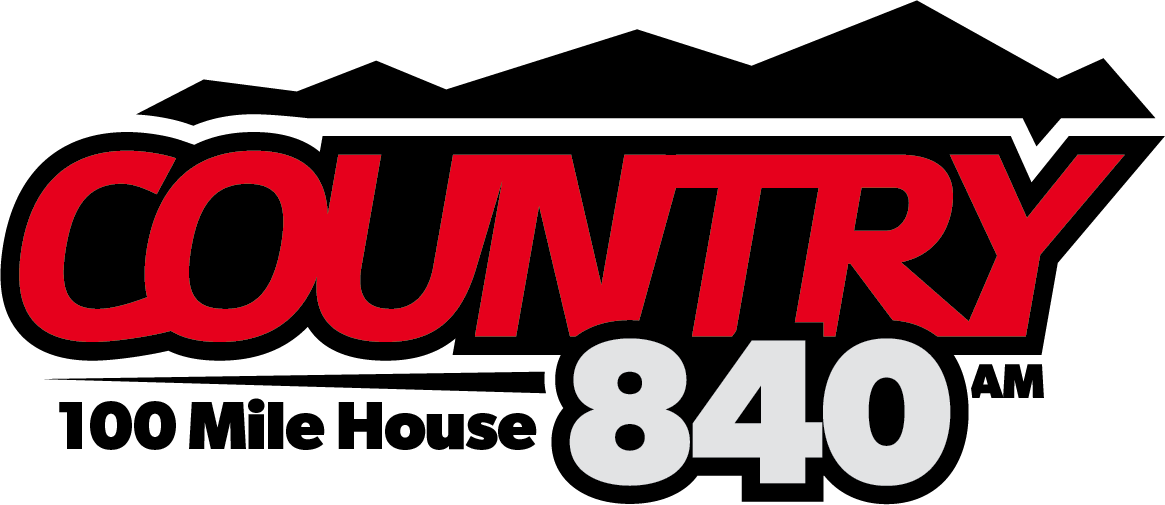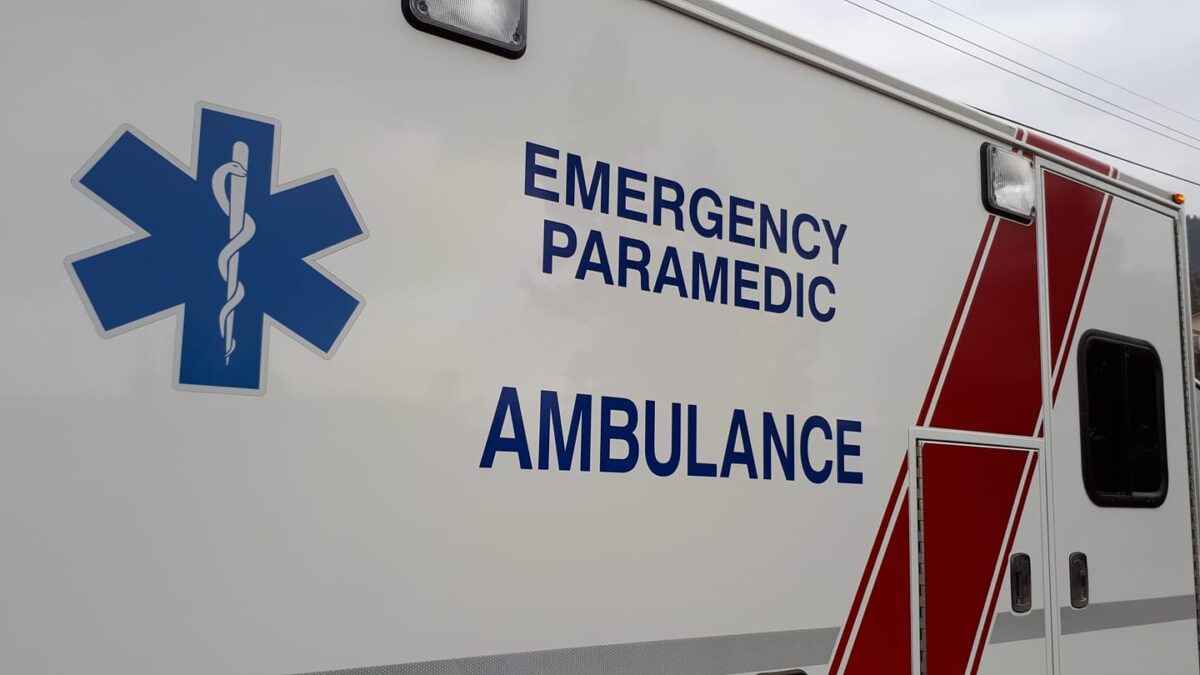If recruitment and retention issues continue when it comes to paramedics it will mean that more and more ambulances are not staffed ultimately putting the public at risk with delayed response times while an ambulance from further away needs to be sent.
The Ambulance Paramedics and Emergency Dispatchers of BC issued a media release this week raising concerns over staffing shortages affecting service levels across the Province.
President Cameron Eby says one community cannot cover another when they have an ambulance out of service.
“The Williams Lake ambulances are some times required to respond hours and hours to the West so it’s some times very, very long response times for just one call,” he says.
“And generally in the larger centers where there is higher call volume, they end up ending ambulances from smaller communities to come into those large centers to help with the call volume. So a community like Quesnel may pull in an ambulance from Wells to address a call because all of the ambulances in Quesnel are already assigned, and so if any of those ambulances are out of service because of staffing issues then that puts the whole system in jeopardy.”
Eby adds he has been hearing from the Cariboo that recruitment and retention is a problem.
The current staffing model for small and medium-sized communities, he says is primarily relying on on-call paramedics.
“It’s not stable employment,” Eby says.
“In areas now like Williams Lake and Quesnel, we’re getting reports that it’s getting harder and harder to find employees to work into those stations-never mind the smaller surrounding communities where it’s even worse.”
BC Emergency Health Services was not available for comment but released this statement on the issue:
We are working with our scheduling staff to fill shifts with available staff including part-time and casual staff. We have also had a number of vacancies, which are being filled. We know paramedics are responding to more calls than ever before, as the result of a growing, aging population in BC. And the overdose crisis is also taking its toll on our paramedics and dispatchers, and we thank them for their dedication.
Despite current demands, response times for the most critical calls in high volume areas such as Vancouver are holding steady, and we credit our staff with maintaining this. We do know that some patients with less-urgent conditions may be waiting longer at peak times, as we respond to the life-threatening and urgent calls. We know it is stressful waiting for an ambulance, and we are working hard on many fronts to ensure adequate ambulance resources. As part of the BCEHS Action Plan, we have added more paramedics and more ambulances and we continue to make resource changes where they are needed most.
We have also added resources and made changes in our dispatch centres to better match resources to patients. BCEHS is starting to see improvements in service and response times as a result and we continue to expect to see improvements as we carry on with our action plan.
Eby says there is just over 4,000 paramedics province-wide-1,600 of whom are full-time and the rest on-call.
He says the staffing model that was born decades ago from a quasi-volunteer service needs to be looked at and updated in not just some communities, but all communities.
“We need to provide good paying jobs with regular work hours that people can depend on, and then they can move their families and they can stay in those communities rather than using those small and medium areas as a stepping stone to get to a full-time job somewhere else.”
(With files from Cole Kelly, MyPrinceGeorgeNow…
Listen to CUPE 873 President Cameron Eby and the author of this report in the audio file below)




